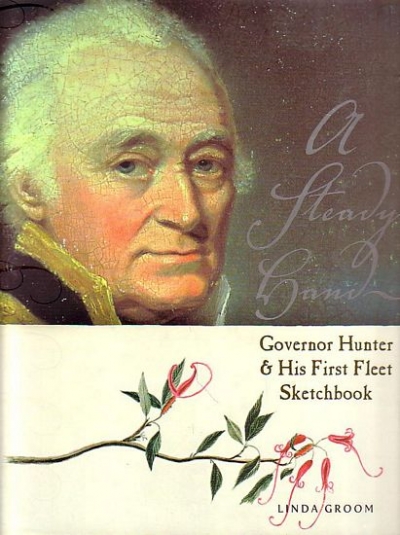National Library of Australia
Curious Minds: The Discoveries of Australian Naturalists by Peter Macinnis
by Peter Menkhorst •
A Steady Hand: Governor Hunter & His First Fleet Sketchbook by Linda Groom
by Alisa Bunbury •
Heysen to Heysen: Selected Letters of Hans Heysen and Nora Heysen by Catherine Speck
by Christopher Menz •
The Business of Nature: John Gould and Australia by Roslyn Russell
by John Thompson •
First Fleet Artist: George Raper’s birds and plants of Australia by Linda Groom
by John Thompson •
The Diaries of Donald Friend, Vol. 4 edited by Paul Hetherington
by Paul Brunton •
Self-Portrait of Percy Grainger edited by Malcolm Gillies, David Pear, and Mark Carroll & Facing Percy Grainger edited by David Pear
by Michael Shmith •
National Treasures from Australia’s Great Libraries edited by NLA
by Gillian Dooley •










